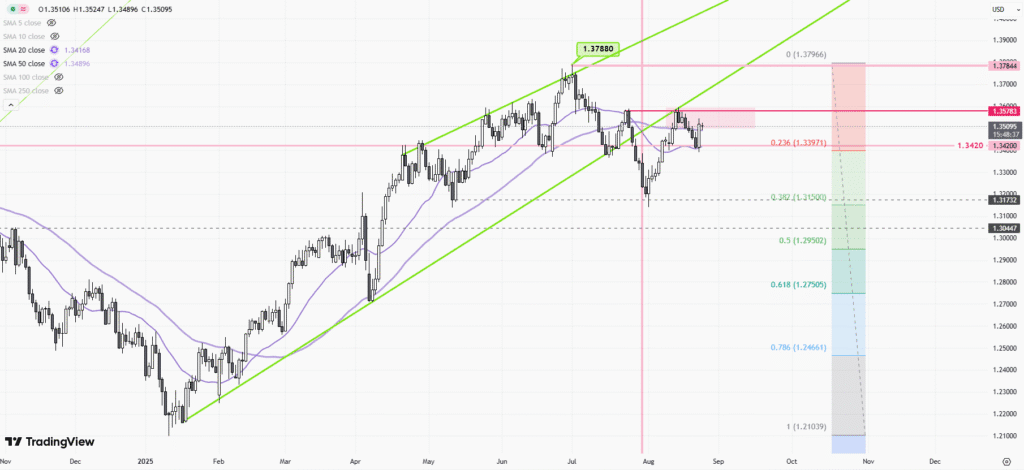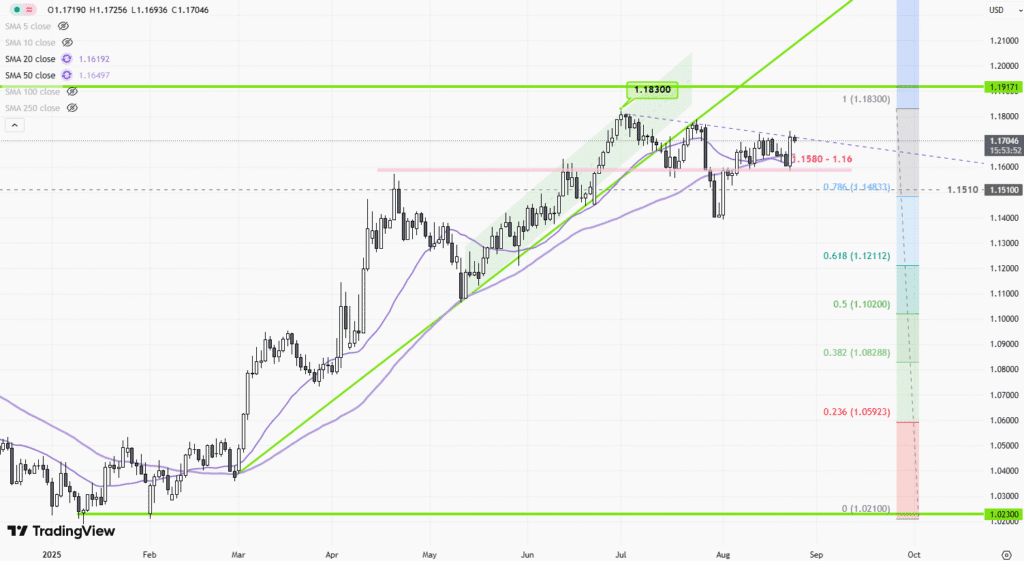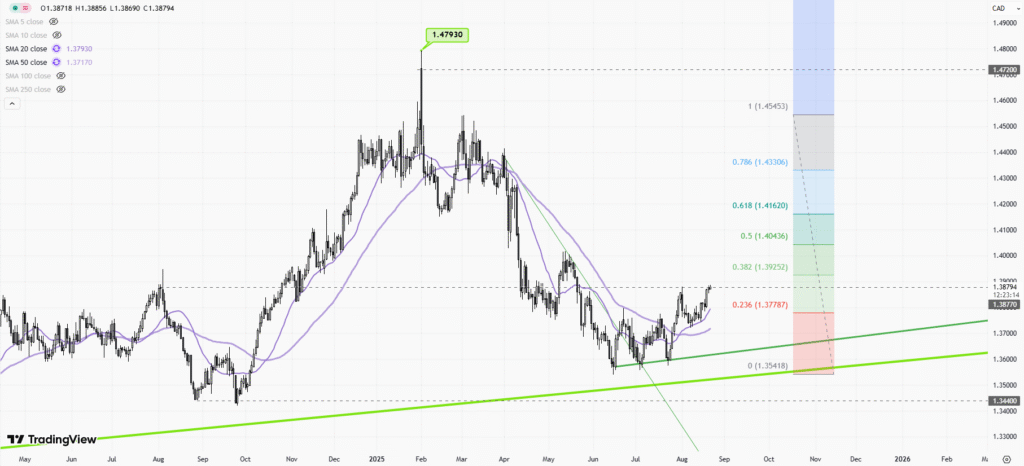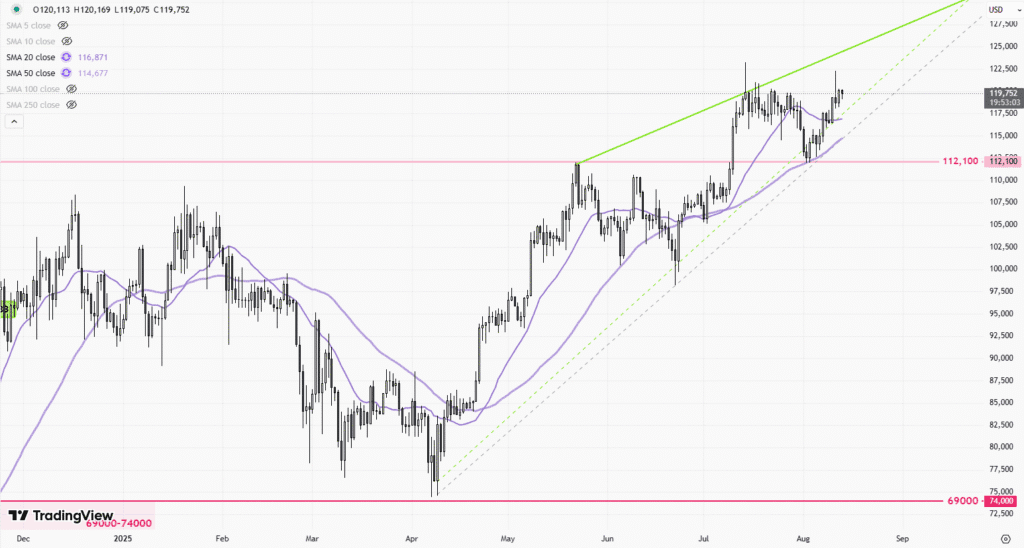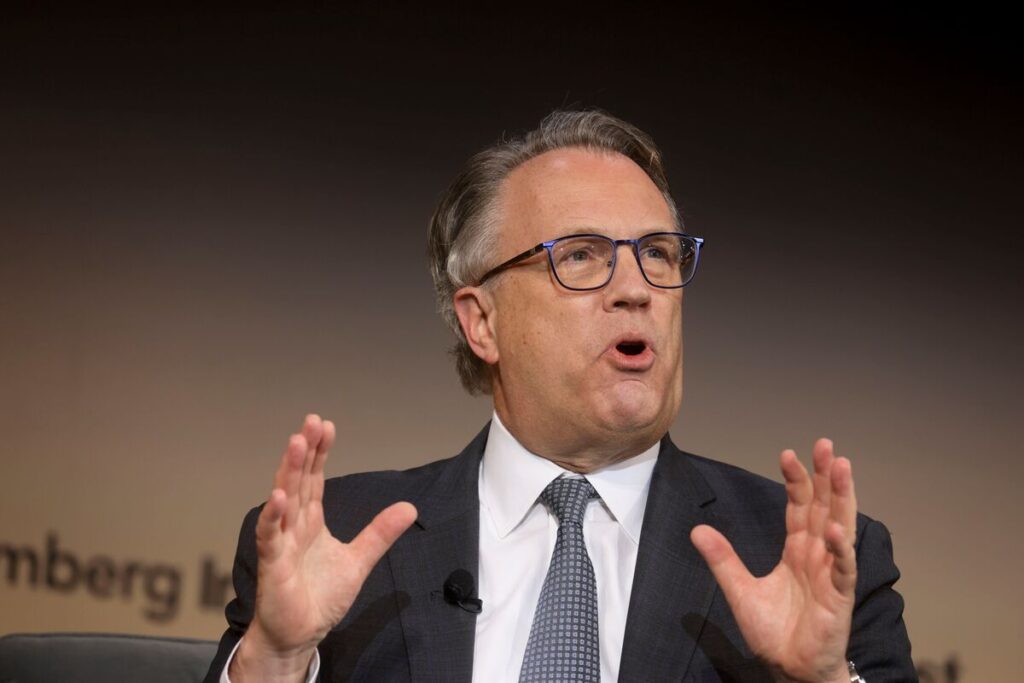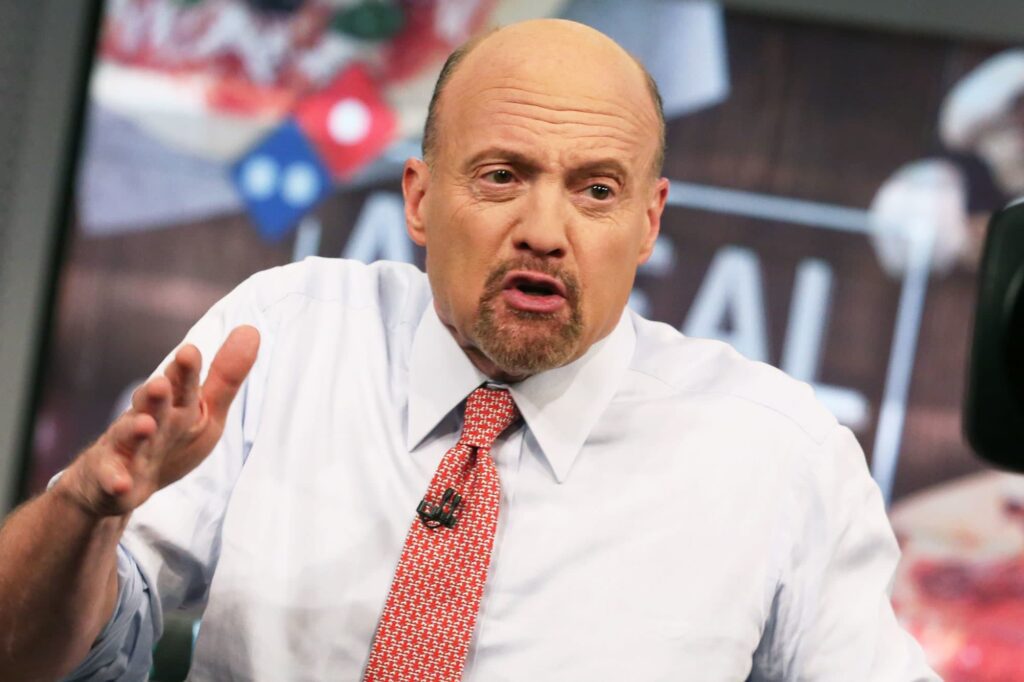 |
| Gold V.1.3.1 signal Telegram Channel (English) |
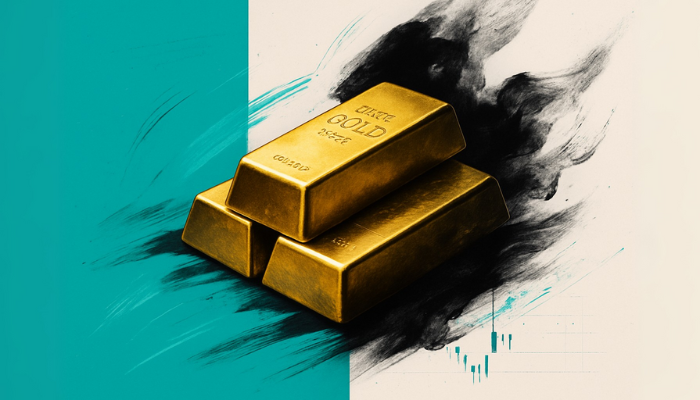
Gold and Silver Price Forecast 2025: How Fed Rate Cuts and Weak Jobs Data are Driving Precious Metals Higher
2025-10-02 @ 20:01
Gold and Silver Forecast: Fed Cuts and Weak Jobs Data Keep Metals Buoyant
As financial markets adapt to signs of economic softness and evolving central bank policies, both gold and silver have emerged as strong performers, benefitting from a combination of dovish Federal Reserve signals, weak employment data, and robust investor demand. Let’s explore the forces currently driving these precious metals, key price levels to monitor, and what could shape their trends in the coming months.
Gold Near Highs as Central Bank Easing Supports Demand
Gold has recently stabilized near $3,870 per troy ounce, reflecting its reputation as a safe-haven asset amid softer macroeconomic data and expectations that the U.S. Federal Reserve will ease monetary policy. The impetus behind gold’s resilience includes a string of weaker-than-expected jobs reports—suggesting reduced inflationary pressure and giving policymakers more room to cut interest rates.
Lower rates diminish the opportunity cost of holding non-yielding assets like gold, amplifying its appeal to both institutional and retail investors. Central banks remain significant buyers in this environment, and ETF demand has picked up alongside these trends. This structural demand underpins forecasts for further gains, with technical resistance levels now observed around $3,895–$3,928. If gold can close decisively above these thresholds, it could re-ignite bullish momentum.
Looking forward, market analysts forecast that gold may continue its gradual ascent, targeting the $4,000 level by the middle of next year. Such projections reflect expectations for ongoing policy accommodation and persistent global uncertainties, reinforcing gold’s status as a hedge against both inflation and market volatility.
Key factors that could further influence gold prices include:
- The pace and scope of future Fed rate cuts.
- Central bank purchases and ETF inflows.
- Continued weakness in U.S. and global employment indicators.
- Geopolitical risks and fiscal policy developments.
Silver Rally Fueled by Investment and Industrial Demand
Silver is experiencing its own robust rally, trading near $47.39 per ounce and pushing toward resistance at approximately $47.82–$48.54. Silver has climbed roughly 40–50% year-to-date, outperforming many other commodities and capturing significant interest from both investors and industrial users.
Investment demand remains a primary catalyst, driven by falling real yields and strong inflows into silver ETFs. These funds, including large vehicles like SLV, serve as steady buyers in the market, amplifying price moves whenever investors reallocate toward precious metals. Retail participation has also surged, seeking shelter from economic uncertainty and dollar weakness.
From a fundamental standpoint, silver’s industrial applications in sectors such as solar energy and electronics add another layer of support, as global initiatives around decarbonization and technological advancement continue boosting consumption.
Outlook and Price Targets for Precious Metals
Both gold and silver find themselves at pivotal technical levels. For gold, support around $3,845–$3,845 offers a buffer against deeper corrections, while breaking above $3,895–$3,928 could signal another leg higher. For silver, sustained trading above the $47.82–$48.54 resistance zone might accelerate its rally toward the $50 mark.
Medium-term projections suggest gold could reach the $4,000 threshold within the next 12 months if current macro trends persist. Silver, buoyed by its dual role as an investment and industrial commodity, may continue to challenge new highs, especially if momentum and ETF demand remain intact.
However, investors should remain alert to potential reversal signals. A significant breach of support—such as gold falling below key levels—could trigger a bearish scenario, with further downside risk. For silver, any cooling of industrial demand, weakness in ETF flows, or improvements in real yields could moderate recent gains.
What to Watch Going Forward
Investors and traders should track several variables in the coming quarters:
- Upcoming Fed meetings and rate announcements.
- Employment data releases and U.S. macroeconomic indicators.
- Central bank gold purchases and ETF flows dynamics.
- Shifts in industrial demand for silver, especially in renewables and electronics.
- Broader risk sentiment, including geopolitical headlines and fiscal shifts.
Conclusion: Metals Remain Attractive in a Shifting Landscape
In summary, gold and silver offer compelling value in today’s environment of monetary easing and economic uncertainty. Their near-term outlook remains positive, underpinned by technical strength, solid demand from central banks and ETFs, and favorable macroeconomic tailwinds. While risks and volatility persist, precious metals are well-positioned to serve as refuges for capital in a landscape defined by change.
Both seasoned investors and new participants would be wise to monitor the evolving economic narrative and be prepared to adjust their portfolios as fresh data emerges. As these markets remain dynamic, staying informed and nimble will be key to capturing opportunities in the precious metals space.


